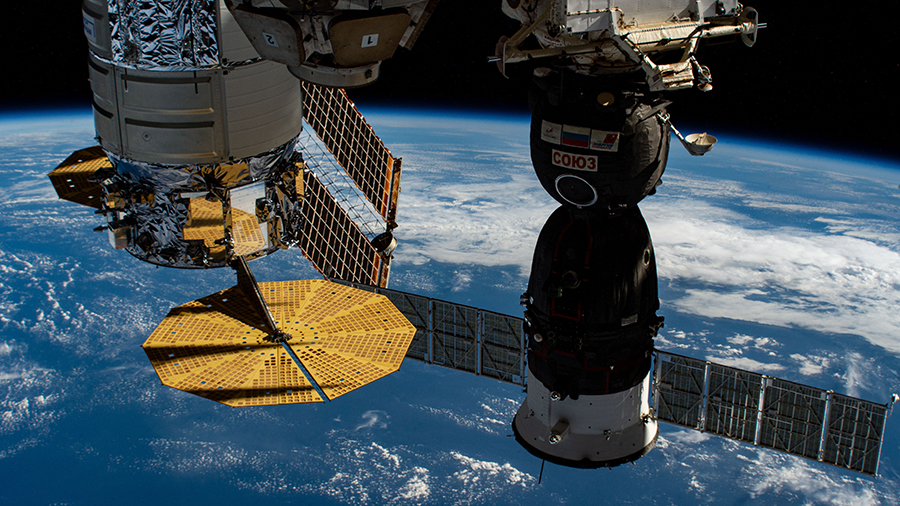Cancer, Heart Research Today Ahead of Science Airlock Installation

The Expedition 64 crew is busy this week with a full slate of life science to promote healthier humans on and off the Earth. Cancer and heart research took precedence today alongside muscle and rodent studies for unique therapeutic insights on the International Space Station.
The microgravity environment on the station enables the production of high-quality protein crystals that are imaged using a microscope for the purpose of improving drug development. The Monoclonal Antibodies study taking place today will use the observations to improve medical cancer treatments and the space manufacturing process.
Engineered heart tissue samples are being observed this week for the Cardinal Heart investigation. NASA Flight Engineer Kate Rubins is leading that experiment to understand why weightlessness seems to induce cell and tissue abnormalities similar to heart conditions on Earth. Results may help doctors understand and predict cardiovascular risks for Earthlings and astronauts.
More muscle work was on the research schedule today as the crew continued with measurements and ultrasound scans today. The Myotones investigation monitors how microgravity changes muscles and tendons in an astronaut’s body to provide countermeasures for crews in space and therapies for patients on Earth.
Rodents are also being studied this month for insights into tissue and bone loss as well as eye changes caused by living in space. One study will study explore how genetic modifications affect bone and tissue regeneration. The second will look at new treatments for space-caused and Earthbound eye problems.
Robotics controllers are preparing to remove a new science airlock delivered to the station last week inside the SpaceX Cargo Dragon’s unpressurized trunk. Using the Canadarm2 robotic arm, the NanoRacks Bishop airlock will be attached to the Tranquility module this weekend ramping up commercial research opportunities in space.
from Space Station https://ift.tt/3nArRGQ
Comments
Post a Comment